Home>Dining>Tableware>What Year Was Crystal Glass First Made?
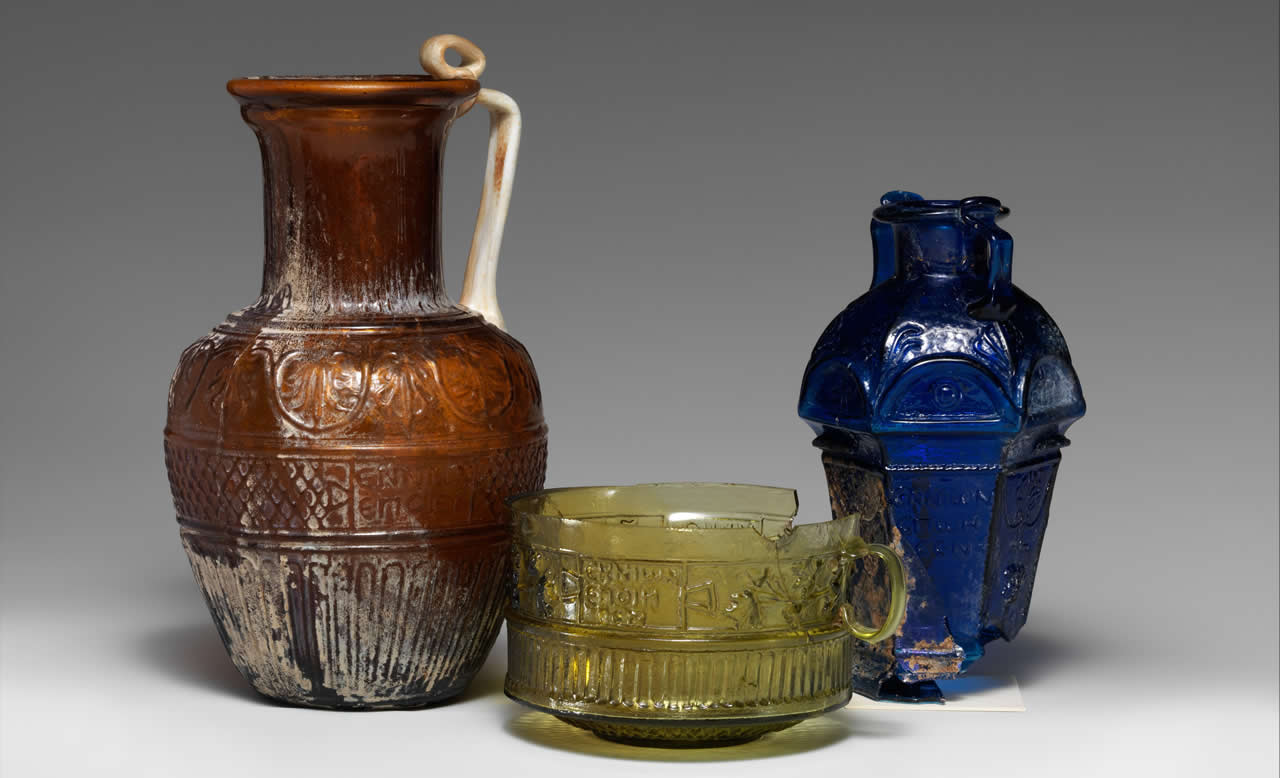

Tableware
What Year Was Crystal Glass First Made?
Modified: October 19, 2024
Discover the history of crystal glass and its origins in tableware. Find out the year when crystal glass was first made and its significance in the world of fine dining and entertaining.
(Many of the links in this article redirect to a specific reviewed product. Your purchase of these products through affiliate links helps to generate commission for Storables.com, at no extra cost. Learn more)
Introduction
Tableware plays a vital role in our daily lives, not only serving as functional items but also as decorative pieces that add elegance and beauty to our dining experiences. Among the various types of tableware, crystal glassware is highly prized for its clarity, brilliance, and exquisite designs. But have you ever wondered when crystal glass was first made and how it has evolved over time?
In this article, we will take a journey through history to explore the origins of crystal glass and its development into the stunning tableware that we know today. From ancient discoveries to modern manufacturing processes, we will delve into the fascinating world of crystal glass and its significance in both historical and contemporary settings.
So, let us embark on this captivating adventure to unravel the mysteries of crystal glass and gain a deeper appreciation for its timeless beauty and craftsmanship.
Key Takeaways:
- Crystal glass has a rich history dating back to ancient civilizations, with its origins in Mesopotamia and Egypt. The addition of lead oxide brought forth unparalleled clarity and brilliance, making it highly sought after.
- The modern era has seen advancements in crystal glass production, integrating technology and contemporary design aesthetics. Crystal glassware continues to grace dining tables and interior spaces, adding elegance and sophistication to everyday moments.
Read more: How Is Crystal Glass Made?
Ancient Discoveries of Glass
The story of crystal glass begins thousands of years ago with the discovery of natural glass, which occurred in several ancient civilizations. Archaeological findings suggest that the earliest glass objects were created in Mesopotamia around 2500 BCE. These objects were simple decorative beads made by winding molten glass around a metal rod.
Another significant ancient civilization that contributed to the early development of glass was Egypt. The Egyptians mastered the art of glassmaking and produced exquisite glass beads and small vessels. They also developed techniques for coloring glass, using minerals and pigments to achieve vibrant hues.
During the Roman Empire, glassmaking techniques advanced further, and glass vessels became more widespread. The Romans utilized molds to shape glass into various forms, such as bowls, cups, and bottles. They also introduced glassblowing, a revolutionary technique that allowed for greater precision and intricacy in glass design.
The ancient discoveries of glass not only showcased its versatility but also highlighted its inherent beauty. As civilizations continued to experiment with different forms and techniques, the foundations of crystal glass were being laid.
Early Glassmaking Techniques
Early glassmaking techniques paved the way for the eventual production of crystal glassware. These techniques evolved over time, resulting in the refinement of glass composition and the improvement of glass quality.
One of the earliest glassmaking techniques was the core-forming method. In this technique, a clay or sand core was shaped into the desired form and then covered with layers of molten glass. The glass and core were heated together until they merged, forming the final vessel shape. This method allowed for the creation of larger and more elaborate glass objects.
Another important technique was the casting method. In this process, molten glass was poured into a mold, then left to cool and solidify. This technique allowed for the production of symmetrical and uniform glass objects, making it easier to create consistent and identical pieces of tableware.
One of the most significant advancements in glassmaking was the invention of glassblowing. This technique, developed in the 1st century BCE, revolutionized the production of glassware. Glassblowing involved gathering molten glass at the end of a blowpipe, then blowing air into it to shape it. This technique enabled artisans to create intricate designs, thin walls, and delicate forms that were not possible with previous methods. Glassblowing played a crucial role in the development of crystal glass, as it allowed for the production of vessels with high transparency and exceptional brilliance.
As glassmaking techniques continued to evolve and improve, the stage was set for the emergence of crystal glass as a highly sought-after material for tableware. The next section will delve into the pivotal moment when crystal glass made its grand entrance onto the tableware scene.
The Emergence of Crystal Glass
The emergence of crystal glass marked a significant milestone in the history of tableware. Crystal glass is known for its exceptional clarity, brilliance, and light-reflecting properties, which give it a distinct and captivating appearance.
The exact origins of crystal glass are unclear, but it is believed to have originated in the Middle East during the 8th or 9th century. The art of crystal glassmaking spread throughout the Byzantine Empire and then to Venice, where it took on a new level of refinement and craftsmanship.
Venice became renowned as a center for glassmaking during the Renaissance period. The Venetian artisans perfected the art of producing high-quality crystal glass, utilizing advanced techniques such as enamel decoration, filigree work, and gold leaf applications. The translucent and lustrous qualities of crystal glass made it a favorite choice among European nobility and the wealthy elite.
One of the defining characteristics of crystal glass is the addition of lead oxide to the glass composition. The inclusion of lead imparts superior refractive qualities to the glass, resulting in its unique brilliance and sparkle. This is why crystal glassware is often associated with luxury and elegance.
As crystal glass gained popularity, its production spread to other parts of Europe, including England, France, and Bohemia (now part of the Czech Republic). Each region developed its own distinct styles and techniques for creating crystal glassware, contributing to the rich diversity and artistic heritage of crystal glass.
With its stunning visual appeal and exceptional craftsmanship, crystal glass captivated the hearts of collectors and connoisseurs around the world. Its use extended beyond tableware to include chandeliers, decorative objects, and even architectural elements.
Today, crystal glass continues to be highly regarded for its timeless beauty and exquisite craftsmanship. Modern glassmakers carry on the tradition of producing crystal glassware using a combination of traditional techniques and contemporary innovations. The next section will delve into the first production of crystal glassware and its impact on the tableware industry.
Crystal glass was first made in 1676 by George Ravenscroft in England. It was created as a result of experimenting with different combinations of glass materials to produce a clearer and more brilliant glass.
The First Production of Crystal Glassware
The first production of crystal glassware occurred during the 17th century and marked a turning point in the history of tableware. This period witnessed the refinement of crystal glassmaking techniques and the proliferation of exquisite crystal glass pieces.
Bohemia, now known as the Czech Republic, emerged as a prominent center for crystal glass production. The region had an abundant supply of high-quality silica sand and experienced glassmaking traditions dating back centuries. Bohemian glassmakers perfected the art of crystal glassmaking, combining their expertise in glass composition with intricate designs and skilled craftsmanship.
One of the key figures in the development of crystal glassware was Friedrich Egermann. In the early 19th century, Egermann discovered a method called “layered glass,” which involved layering different-colored glass together and then carving or cutting away the layers to create intricate patterns and designs. This technique added a new level of decorative elegance to crystal glassware.
Bohemian crystal glassware gained international recognition and became highly sought after by European royalty and aristocracy. The fine craftsmanship, superior clarity, and intricate detailing of Bohemian crystal glassware set it apart as a symbol of luxury and refinement.
Another significant development in crystal glassware production occurred in England during the late 17th century. George Ravenscroft, an English glassmaker, introduced a new formula for glass composition that incorporated a higher proportion of lead oxide. This resulted in the creation of lead crystal glass, which had even greater brilliance and clarity than traditional crystal glass.
The introduction of lead crystal glass revolutionized the tableware industry. Its remarkable transparency, light-reflecting properties, and musical resonance when tapped with a finger established it as the epitome of elegance and sophistication. Lead crystal glassware, often adorned with intricate cuts and patterns, became highly coveted and a symbol of status and refinement among the upper classes.
Today, crystal glassware production has evolved with modern advancements in technology and manufacturing techniques. While traditional methods are still employed, modern crystal glassware production often incorporates innovative design elements and creative interpretations of classical styles.
The first production of crystal glassware set the stage for the continued refinement and popularity of this exquisite tableware. Its legacy has endured through the centuries, captivating collectors and enthusiasts with its unparalleled beauty and craftsmanship.
Read more: What Are Riedel Crystal Glasses Made Of?
Crystal Glass in the Modern Era
In the modern era, crystal glass continues to be prized for its timeless beauty and unrivaled elegance. Advances in technology and design have allowed for even greater possibilities in the creation of crystal glassware.
One notable innovation in crystal glass production is the use of computer-aided design (CAD) technology. This technology enables designers to create intricate and complex patterns with precision, resulting in stunning and detailed crystal glassware. CAD also allows for more efficient production processes, reducing waste and increasing productivity.
Contemporary crystal glassware often combines traditional craftsmanship with contemporary design aesthetics. Designers experiment with various shapes, colors, and textures to create unique and eye-catching pieces that cater to modern tastes. Crystal glassware can be minimalistic and sleek, or it can feature elaborate patterns and intricate cuts.
Additionally, the availability of a wide range of crystal glass grades allows consumers to choose from different levels of clarity and brilliance. Lead crystal, which contains a high percentage of lead oxide, continues to be highly valued for its exceptional light-reflecting properties. However, lead-free crystal glass has also gained popularity due to health and environmental concerns associated with lead.
Crystal glassware is not limited to traditional tableware, but extends to a wide range of decorative and functional objects. Crystal glass vases, bowls, figurines, and even lighting fixtures have become popular choices for adding a touch of refinement and luxury to interior spaces.
Moreover, crystal glassware continues to be a prominent feature in celebratory events, including weddings, formal dinners, and other special occasions. Its presence on the dining table elevates the ambiance and makes for a truly memorable dining experience.
As the demand for high-quality tableware grows, artisans and manufacturers continue to push the boundaries of crystal glass production. Sustainable practices, such as using recycled glass and minimizing energy consumption, have also become priorities in the industry.
The versatility, beauty, and enduring allure of crystal glass have made it a timeless choice for those seeking to add a touch of elegance and sophistication to their dining experiences and living spaces. Crystal glassware holds a special place in our hearts as a symbol of craftsmanship, refinement, and lasting beauty.
Conclusion
The journey through the history of crystal glassware has revealed a fascinating narrative of innovation, craftsmanship, and beauty. From ancient discoveries to modern advancements, crystal glass has captivated the hearts of people across cultures and generations.
Ancient civilizations paved the way for the development of glass, and as techniques evolved, crystal glass emerged as a symbol of elegance and luxury. The inclusion of lead oxide brought forth unparalleled clarity and brilliance, making crystal glassware highly sought after by the elite.
Through the centuries, crystal glassmaking techniques continued to improve, and different regions developed their unique styles and designs. Bohemia and Venice became renowned for their exquisite crystal glass production, while England introduced lead crystal glass, raising the bar for brilliance and clarity.
In the modern era, crystal glass continues to evolve with the integration of technology and contemporary design aesthetics. Computer-aided design and innovative manufacturing processes allow for the creation of intricate patterns and unique shapes that appeal to modern tastes.
Crystal glassware not only graces dining tables but also adds a touch of elegance to interior spaces. It has become synonymous with celebrations and special occasions, enhancing the atmosphere and creating memorable experiences.
Despite the passing of time, crystal glass remains a cherished and timeless choice for those seeking tableware that embodies craftsmanship, sophistication, and enduring beauty.
In conclusion, the story of crystal glassware is one of artistry, innovation, and a dedication to showcasing the beauty of this exquisite material. Whether it’s a finely cut champagne flute or a delicately etched vase, crystal glassware continues to enchant us with its brilliance and elegance, making everyday moments extraordinary.
Frequently Asked Questions about What Year Was Crystal Glass First Made?
Was this page helpful?
At Storables.com, we guarantee accurate and reliable information. Our content, validated by Expert Board Contributors, is crafted following stringent Editorial Policies. We're committed to providing you with well-researched, expert-backed insights for all your informational needs.
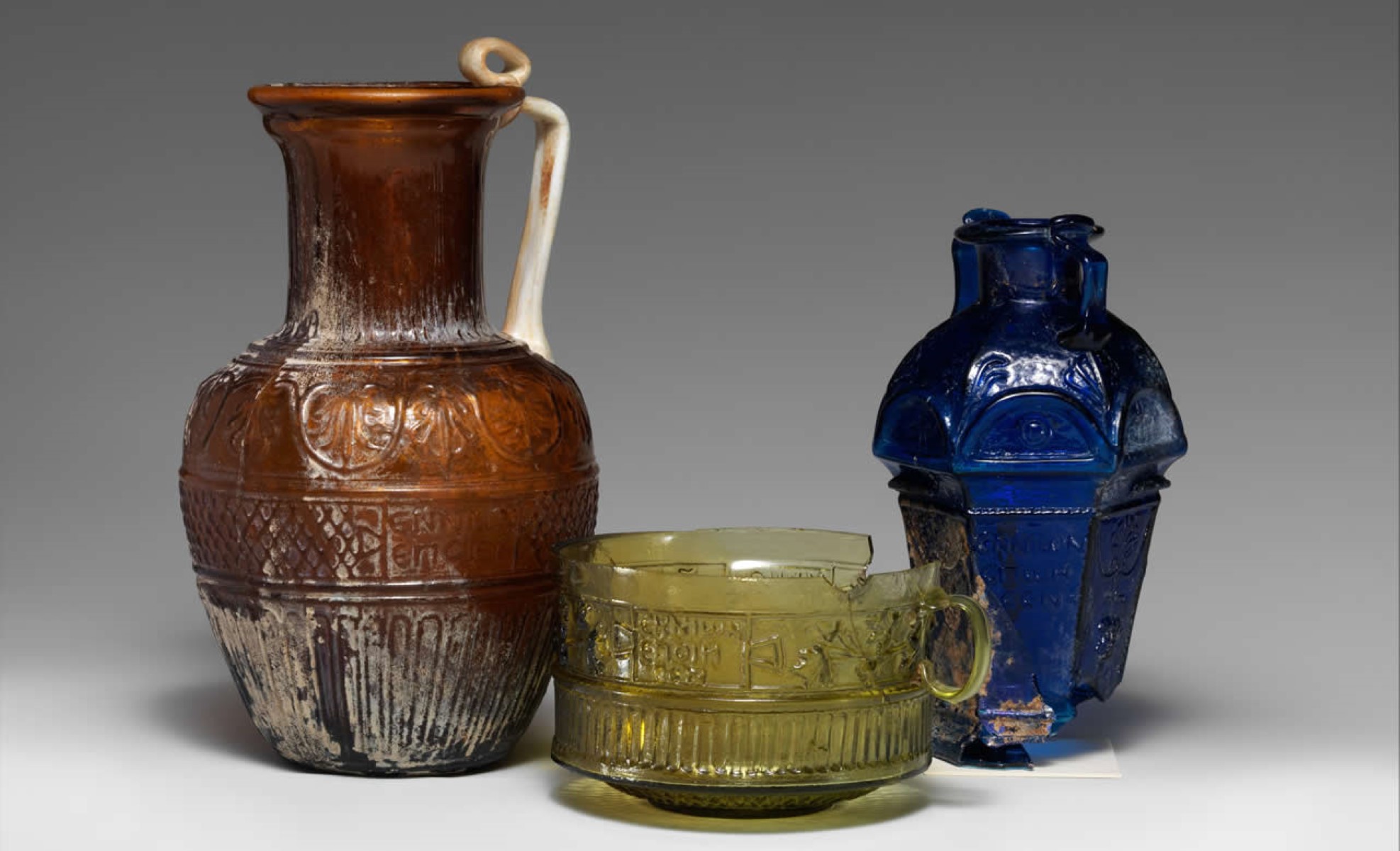
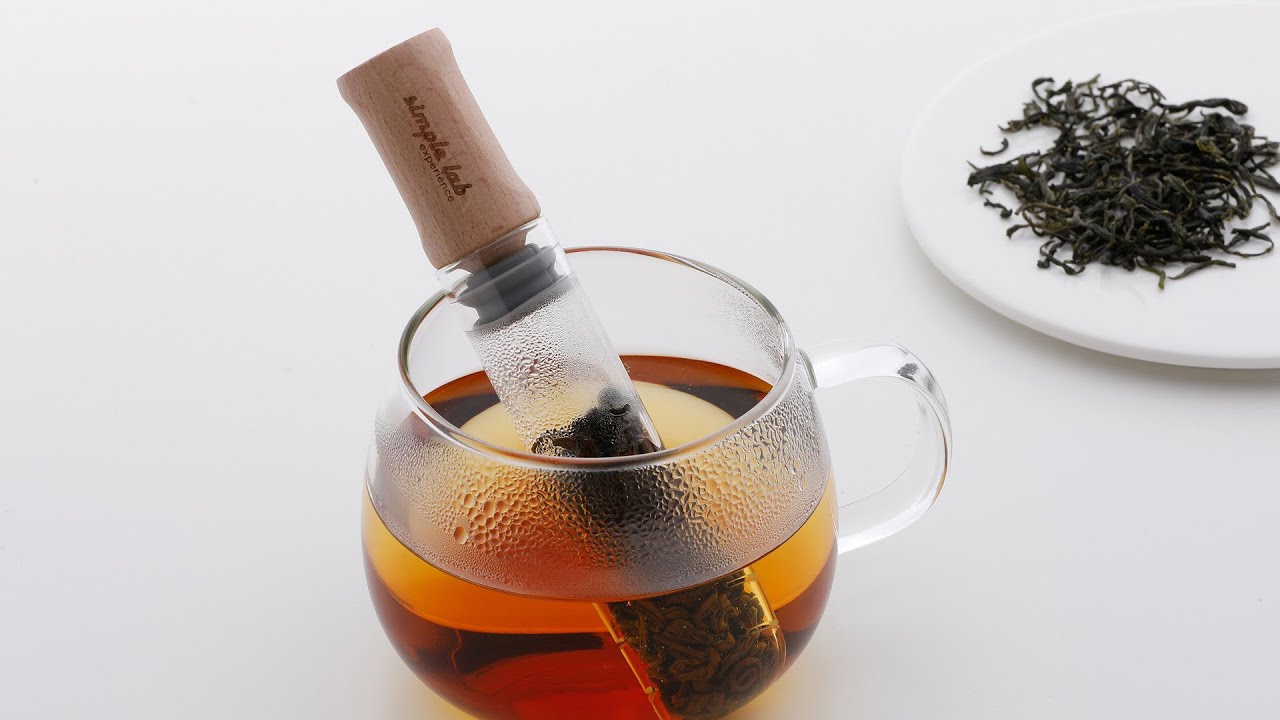

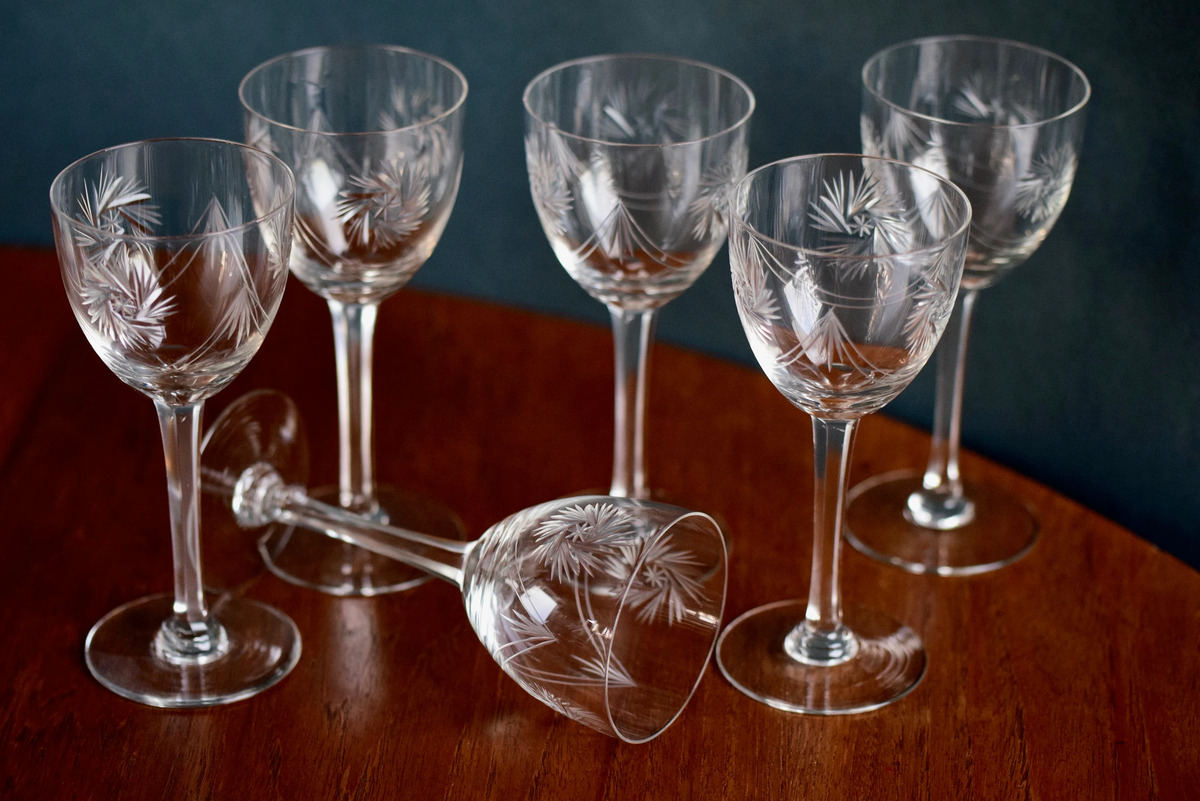
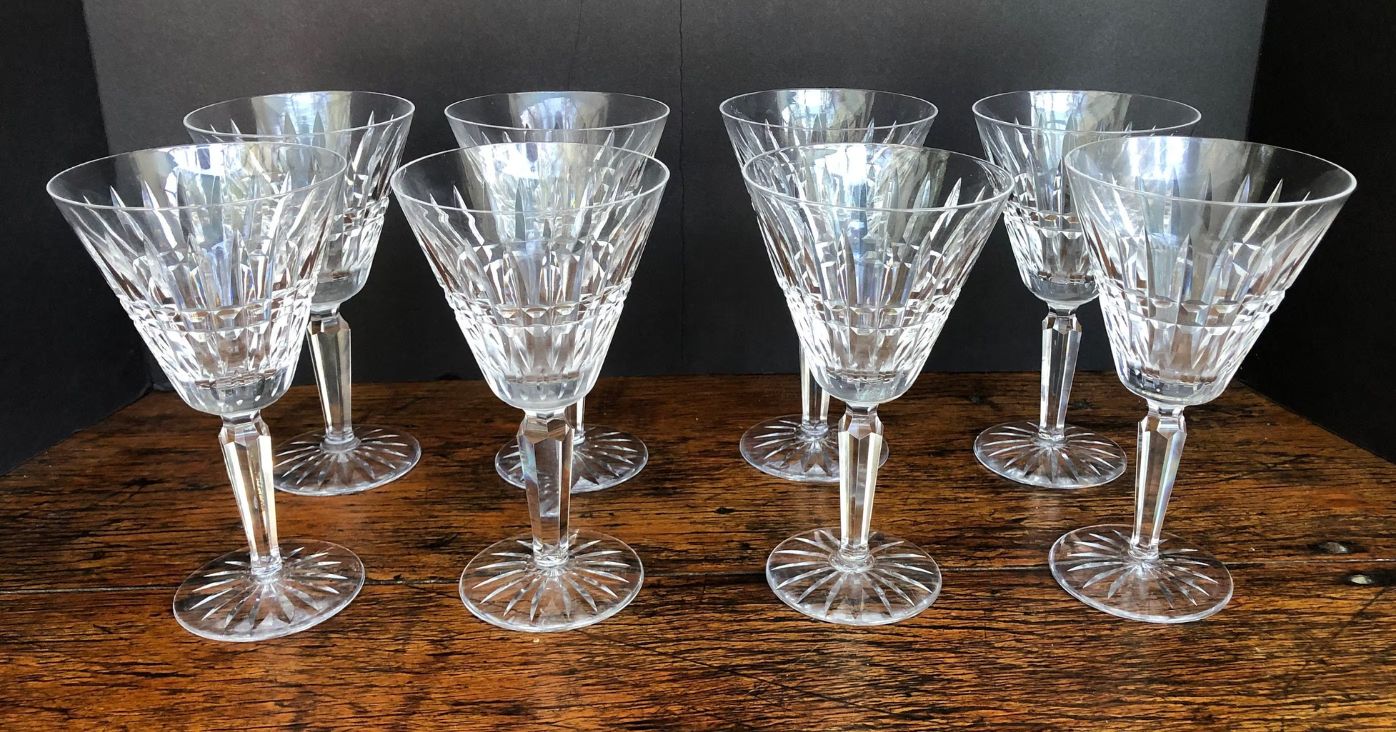
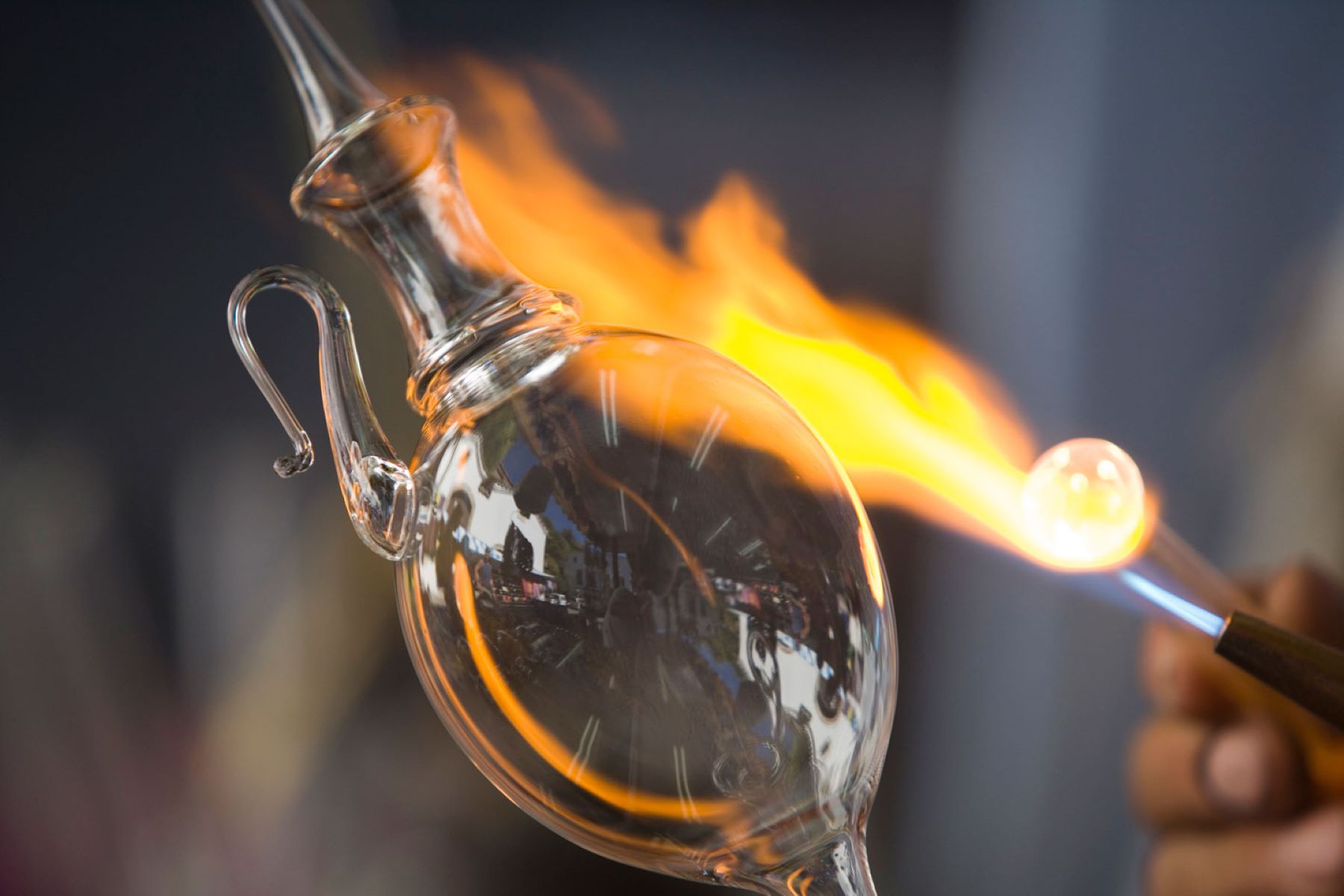

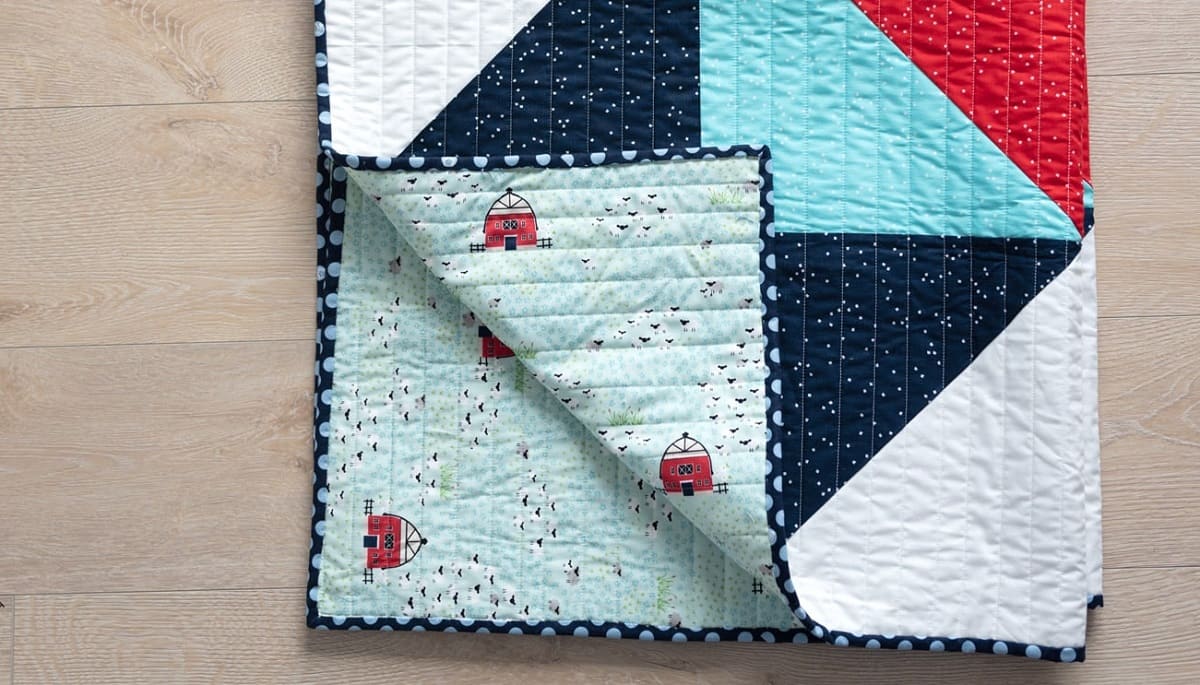
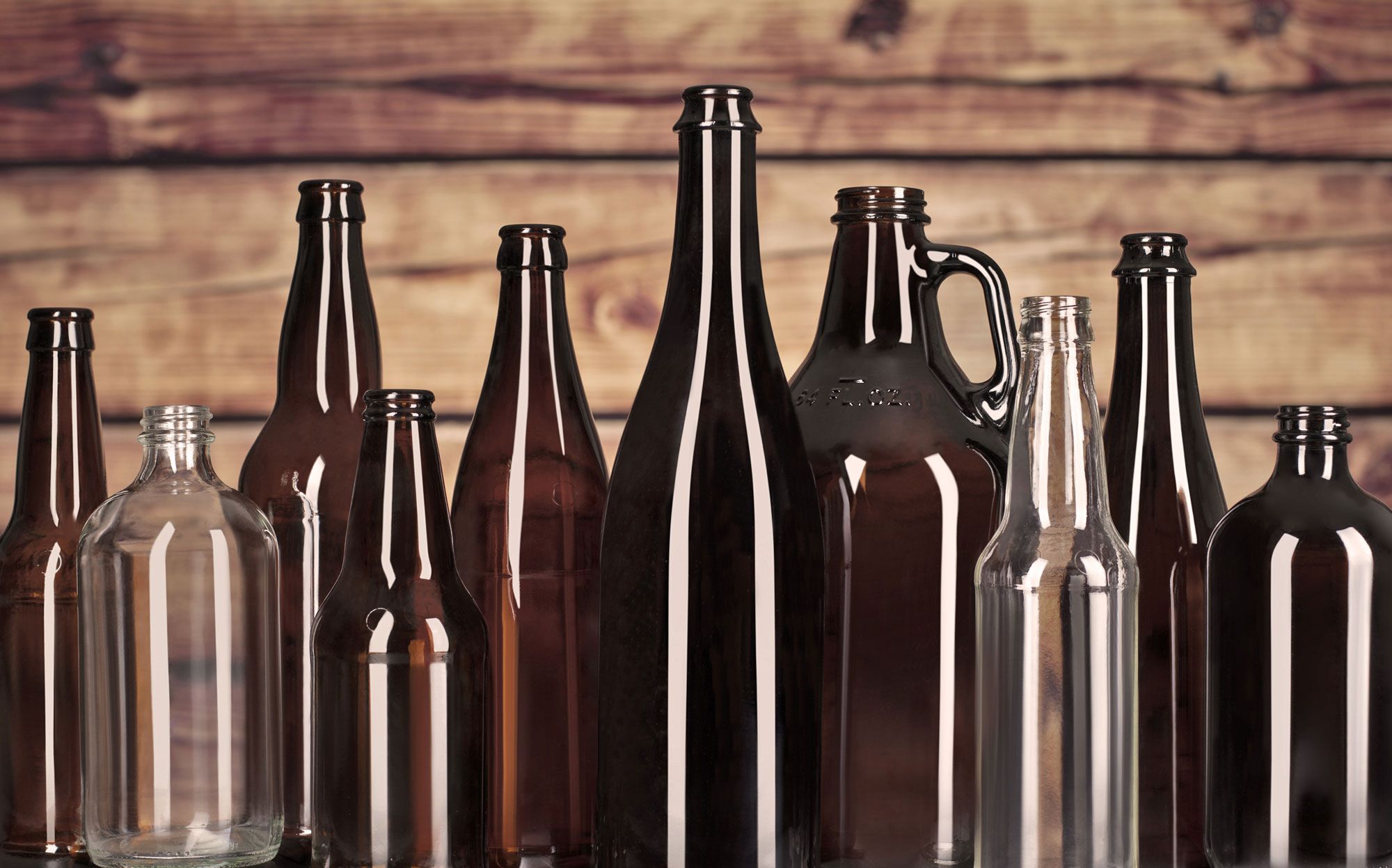
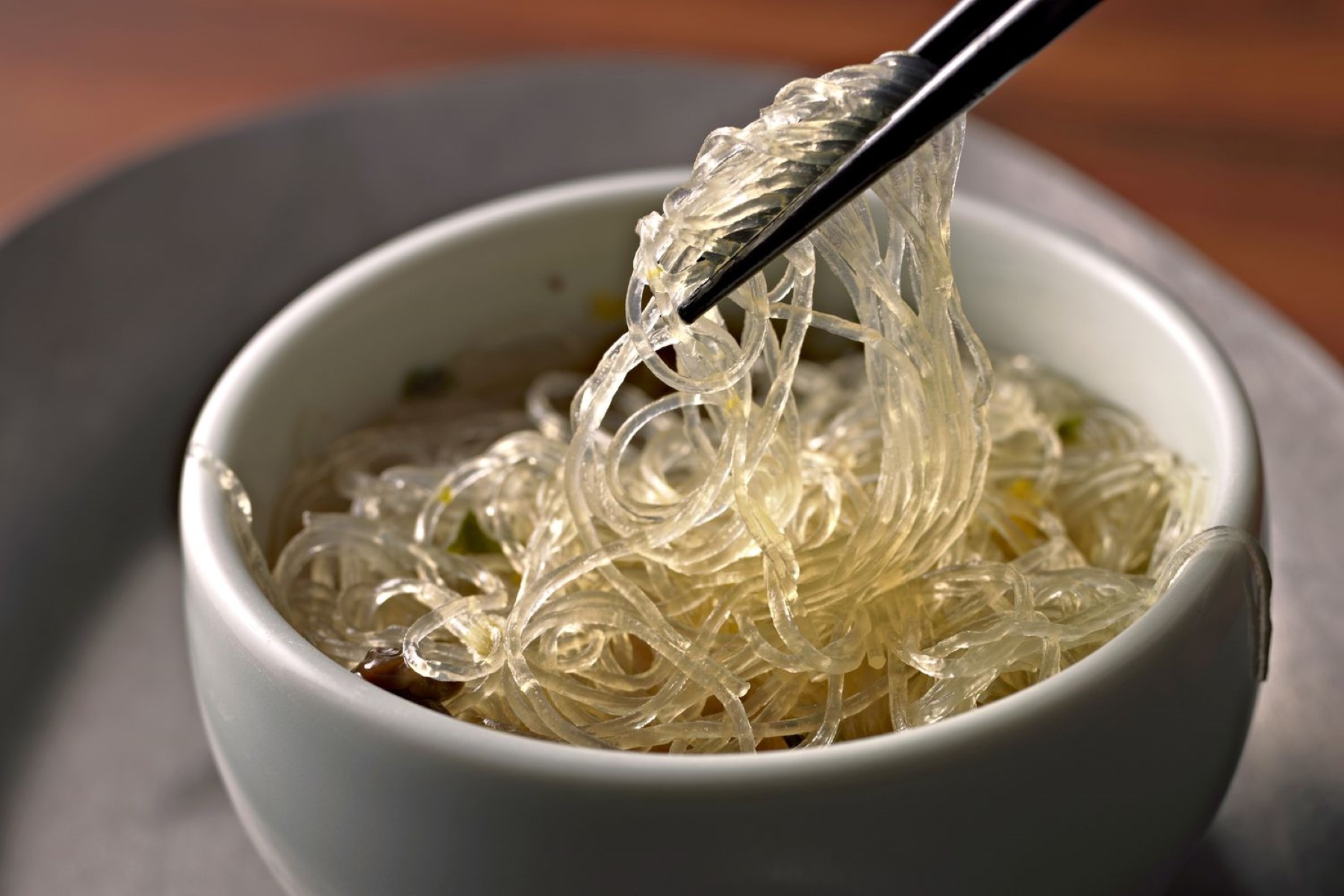


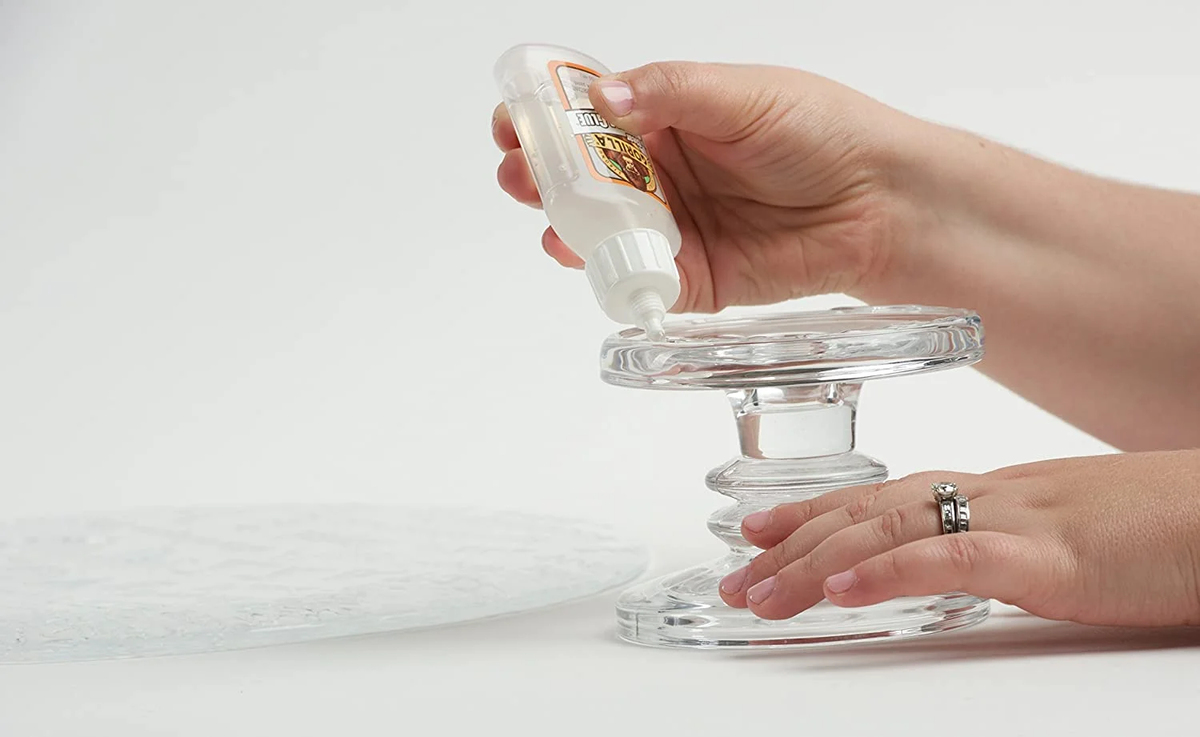
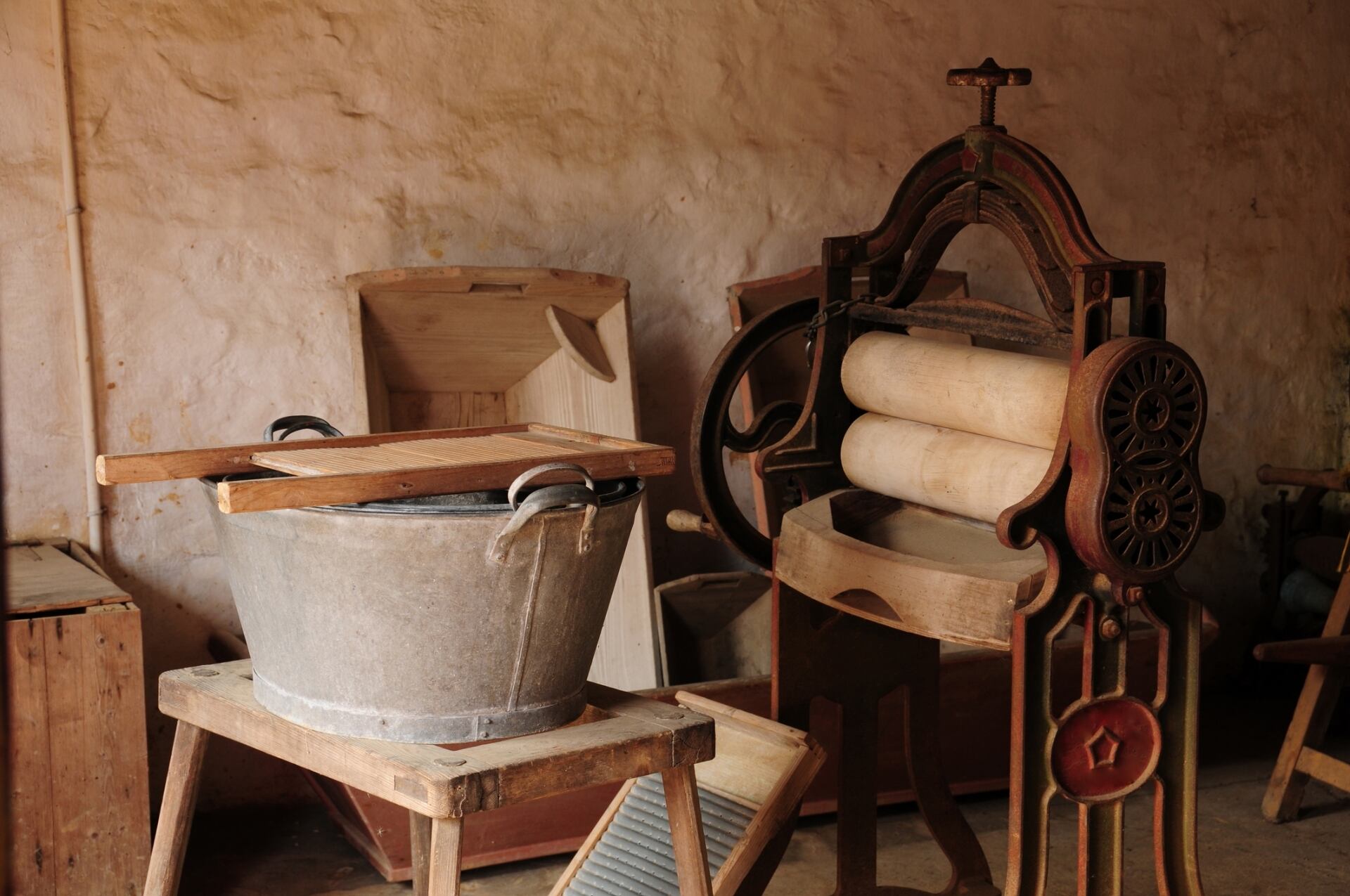

0 thoughts on “What Year Was Crystal Glass First Made?”